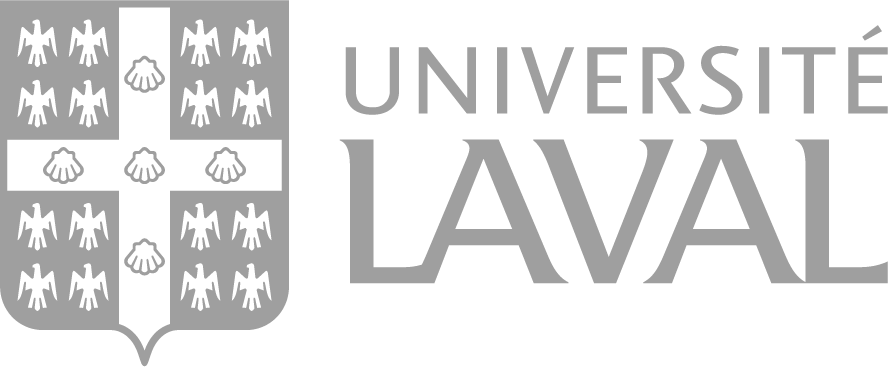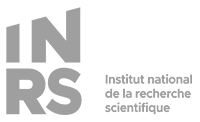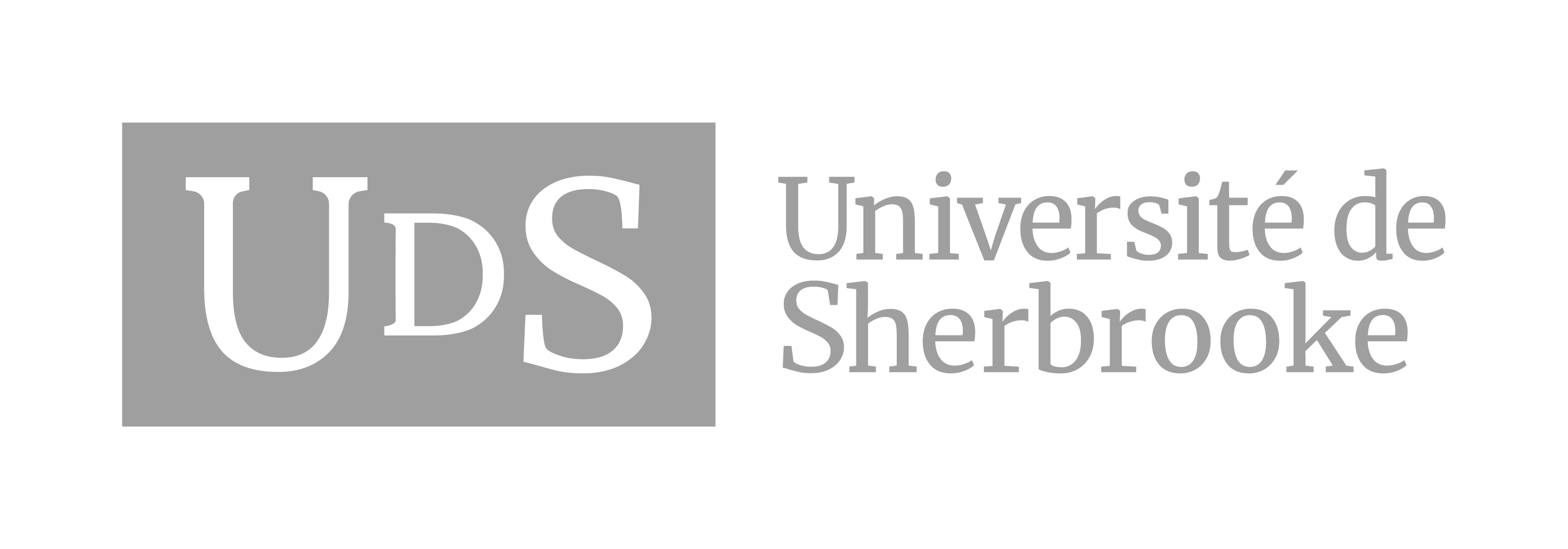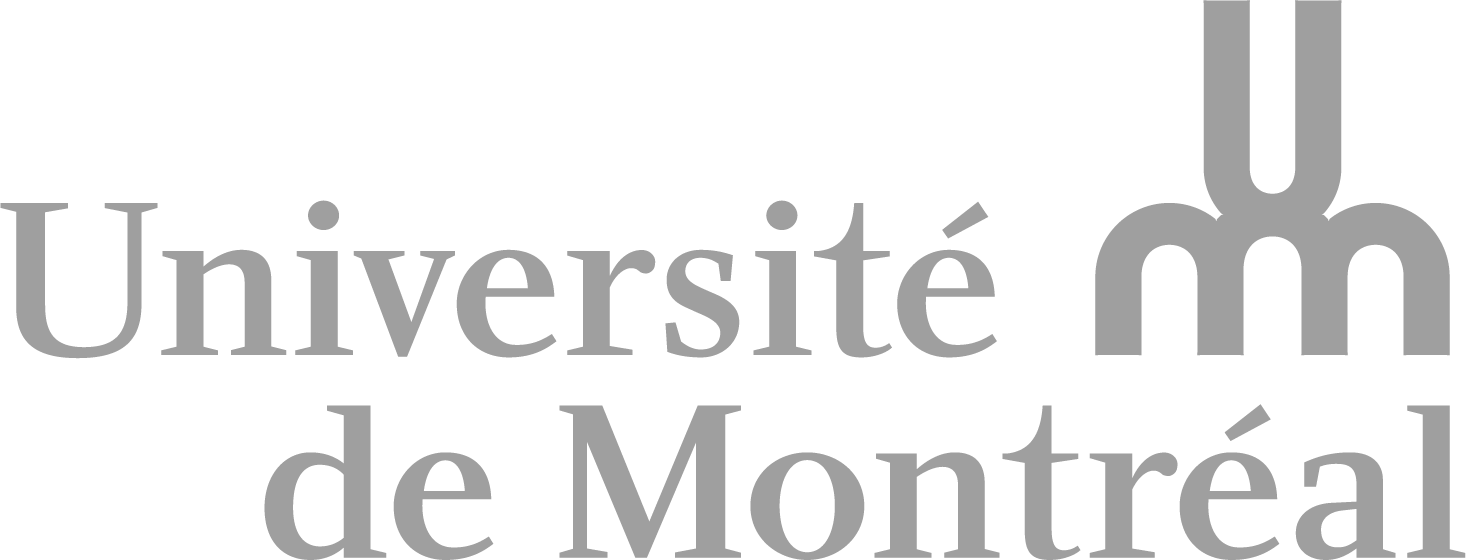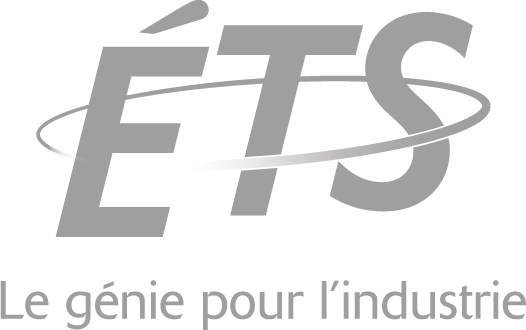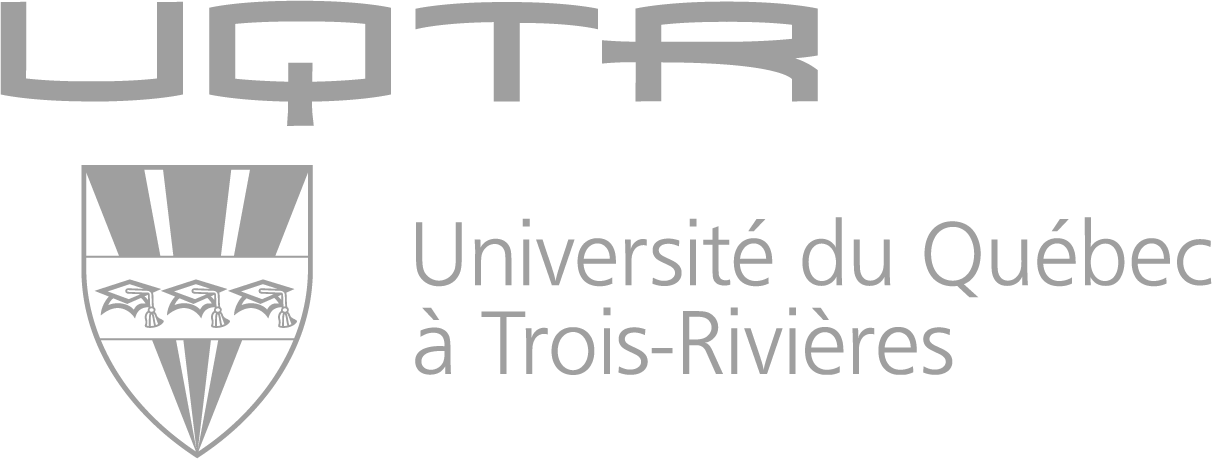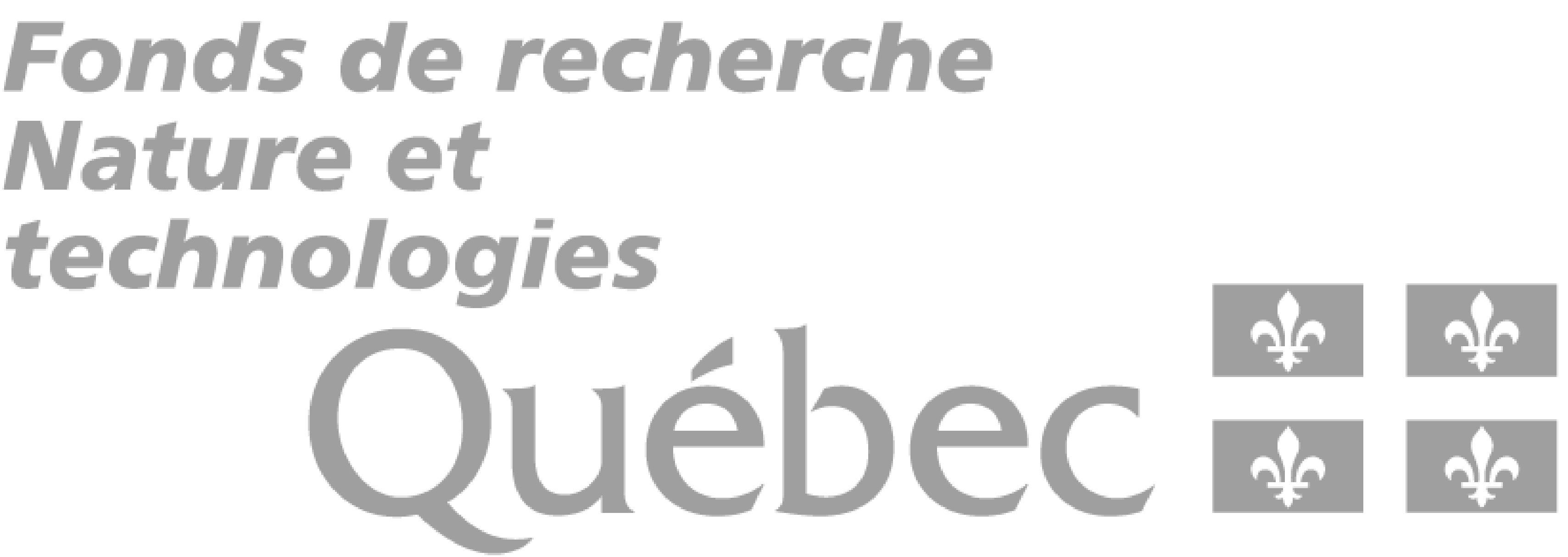Laboratory Description
The C14 radiochronology laboratory at the Centre d'études nordiques is a laboratory of excellence offering two analytical services:
Billing and Payment
- Submitters from outside Laval University will receive a bill to the address they provided on the dating form after they get their results.
- Submitters from Laval University must fill the internal service form, then send it to the unit from where the bill be paid. Your department administration will then send the PO number to us at the laboratory before we can proceed with the analyses.
Price (CAD$) and Dry Weight Required
Send Samples
RADIOCHRONOLOGY LABORATORY
c/o Guillaume Labrecque
Laval University
Abitibi-Price Building, Room 0248
2405, Rue de la Terrasse
Quebec, QC CANADA
G1V 0A6
Contact
Guillaume Labrecque: radiocarbon@cen.ulaval.ca
Telephone : (418) 656-2131 ext. 404486






